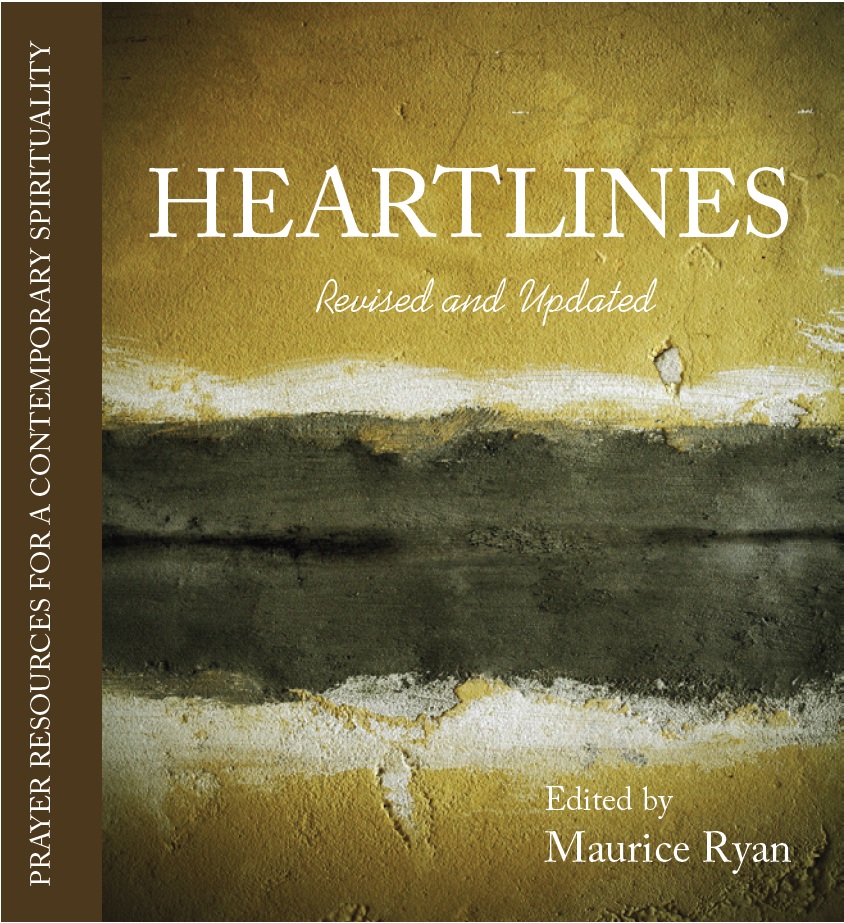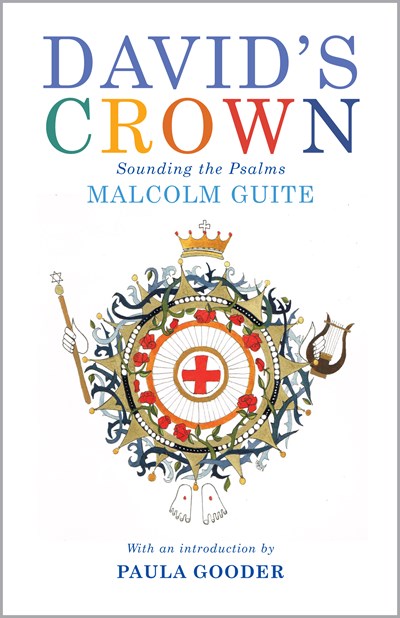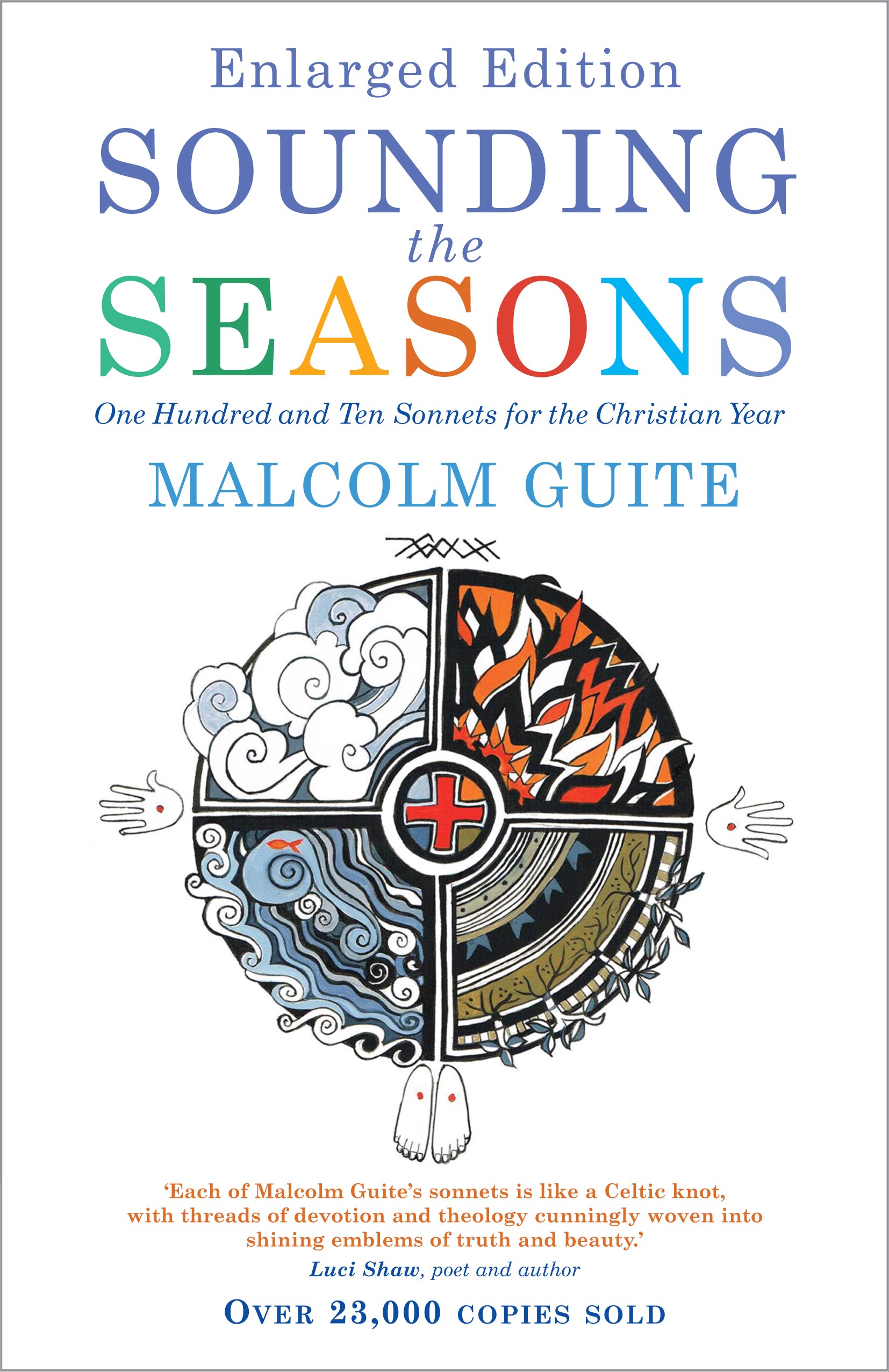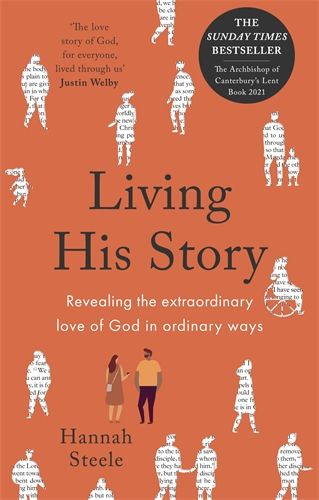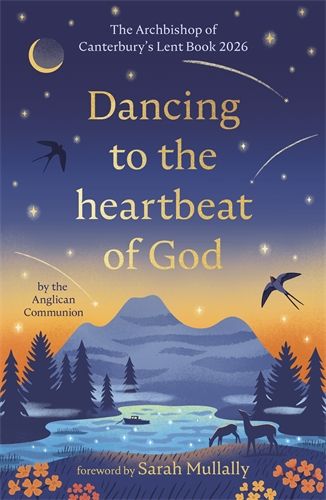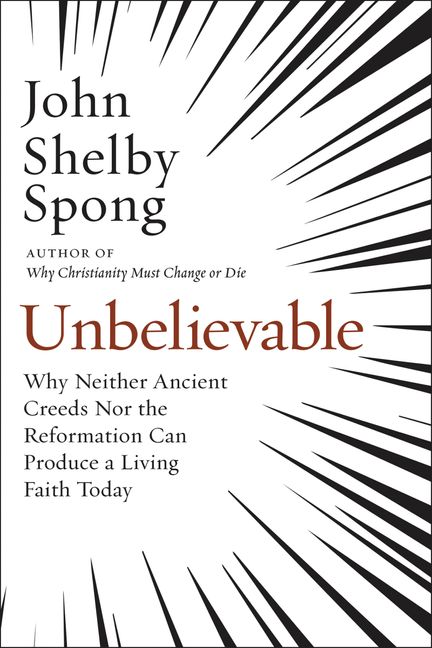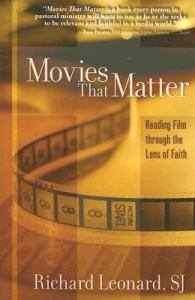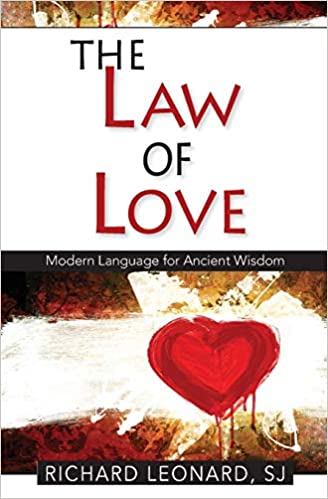To get clear on any particular issue, a Catholic just needs to master three things: first, the Catholic view of the topic; second, the best objections to the Catholic view; and third, how to answer those top objections. That’s it. When you’re clear about those three things—what you believe, the best objections to those beliefs, and how to answer those objections—you’re totally equipped and confident. Brandon Vogt follows this format in What to Say and How to Say It to help you learn how to discuss several tough issues. For each topic, in each chapter, you’ll first learn the Catholic view, then the best objections to that view (so you’re not surprised by them), and finally how to respond to those objections.
Topics Discussed in the Book:
Answering Atheism
You’ll learn the best strategies for talking with atheists, whether it’s children who claim they no longer believe in God, or friends who make fun of your religious beliefs. You’ll learn three simple arguments for God (and how to easily memorize them), as well as some tips for having more fruitful discussions with skeptics.
Evil and Suffering
You’ll look at the problem of evil and suffering, the best objection to Christianity. Why is there so much suffering in the world? Why doesn’t God do anything about it? You’ll discover why this problem is actually three problems in one, and you’ll find out how to talk about each one effectively.
Trusting the Gospels
You’ll focus on the Bible and why we can trust what it says about Jesus. Many skeptics today—I’m sure you know some—don’t just disagree with Jesus: they’re not convinced Jesus even existed, or that if he did, the Bible probably doesn’t accurately convey what he said and did. This chapter will give you simple ways to respond to these objections and teach you how to show why the Bible is deeply reliable, especially in what it says about Jesus.
Explaining the Eucharist
You’ll get clear on the Eucharist. Another recent study from the Pew Research Center found that only one-third of US Catholics believe what the Church teaches about the Eucharist, that the Eucharist is truly the Body and Blood of Christ. The rest believe it’s just a symbol or something else. This survey affirms how desperately we need to get clear on what the Eucharist is and, just as important, how to explain it clearly to others—especially to non-Catholics. This chapter will show you how.
Abortion
You’ll look at abortion. You’ll learn the one key question you should return to in every conversation about abortion, which will make your discussions so much easier. You’ll also discover how to talk about the so-called hard cases that abortion supporters bring up. If you’re terrified of discussing abortion, don’t worry: you’ll feel totally different after reading this chapter
Same-Sex Marriage
You’ll study same-sex marriage, an issue that has gone from obscurity to mainstream in just a handful of years. How do you respond to common same-sex marriage slogans? How do you defend the traditional view of marriage? How do you talk about these things without seeming to be rigid and judgmental? You’ll learn all that and more.
Transgenderism
You’ll look at transgenderism, which has quickly become a central and divisive cultural issue. What are the key terms you need to know? What should you, as a Catholic, think of transgenderism? You’ll learn those facts, plus several good questions and talking points to help you stay in the driver’s seat when discussing the issue.

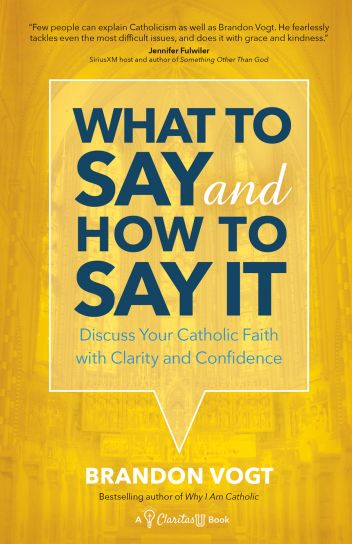
 Back
Back

